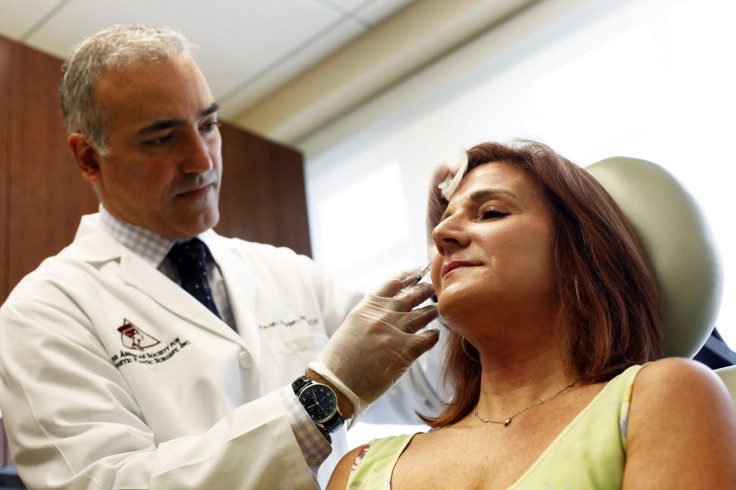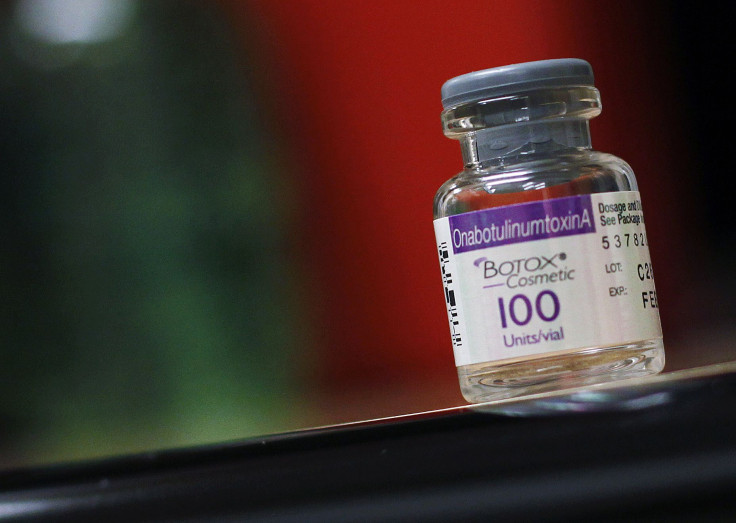Johnson & Johnson Expected To Go Head-To-Head With Botox, Made By Allergan, With New Anti-Wrinkle Drug


Johnson & Johnson (NYSE: JNJ) is stepping into the ring with Allergan, Inc. (NYSE: AGN), maker of the famous anti-wrinkle drug, Botox. The multinational pharmaceutical goods manufacturer is expected to seek U.S. approval next year for its own drug that J&J said could be available in the United States by 2015 and overseas a few years later, according to Reuters.
While Botox claims nearly 85 percent of the anti-wrinkle drug market, two smaller drugmakers with similar products have failed to make substantial progress in the almost $900 million-per-year industry. But according to some analysts, J&J could be the one drug manufacturer that has the ability to break Botox's near monopoly.
"J&J is probably the only company that can go head to head directly with Allergan," Morningstar analyst Michael Waterhouse told Reuters. "They have a big marketing budget and sales force and an attractive cosmetic portfolio" of other products to offer dermatologists.
Despite being valued at nearly $180 billion, there are some who believe that marketing and a big sales force will not be enough to win over consumers. J&J says its strategy is product-focused, not marketing-focused.
"What we hope to offer is a product of certainly comparable quality to Botox ... to basically be on par with them in terms of effectiveness and safety,” David Wilson, president of J&J's mentor division, told Reuters.
J&J has not yet unveiled the data from completed late-stage trials for the still-unnamed drug, but Wilson told Reuters he was pleased with the results.
"We've worked to make sure our data are exactly what the FDA is expecting to see," he added.
Morningstar's Waterhouse said the J&J product likely would generate annual sales of $500 million within five years as a cosmetic product. Sales could hit $1 billion within a decade if it also is tested and approved for medical conditions such as migraine headaches, he said.
Approved in 2002 in the United States to temporarily smooth severe lines between the eyebrows, Allergan’s Botox has become a $1.8 billion-per-year brand, used worldwide by celebrities, movie stars, the wealthy and, increasingly, the middle class in both developed and emerging markets.
As the drug, a form of botulinum toxin that works by temporarily paralyzing muscles, is most popularly used by people who are looking to preserve their youthful looks, it has also been approved for lucrative medical uses such as preventing underarm sweating, migraine headaches and overactive bladder. But according to Wilson, about $850 million, or 48 percent of Botox sales, comes from original cosmetic uses.
© Copyright IBTimes 2024. All rights reserved.












